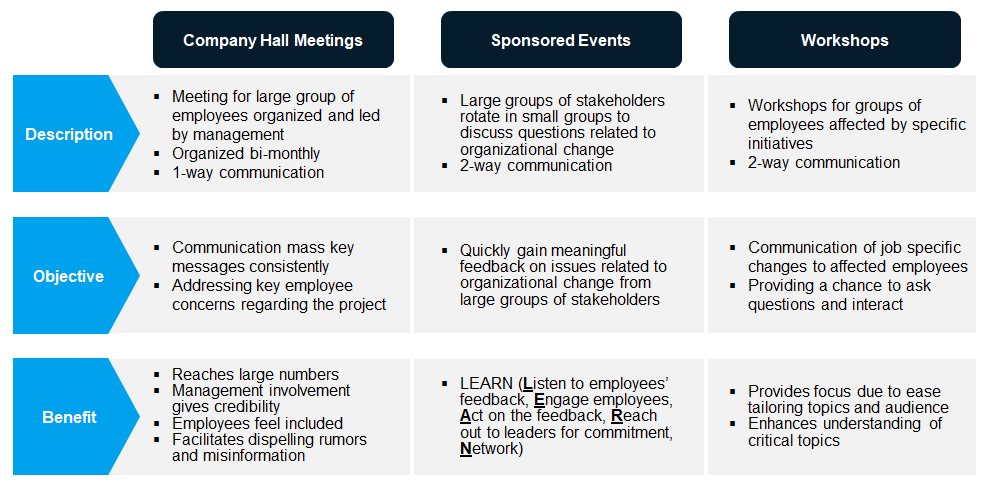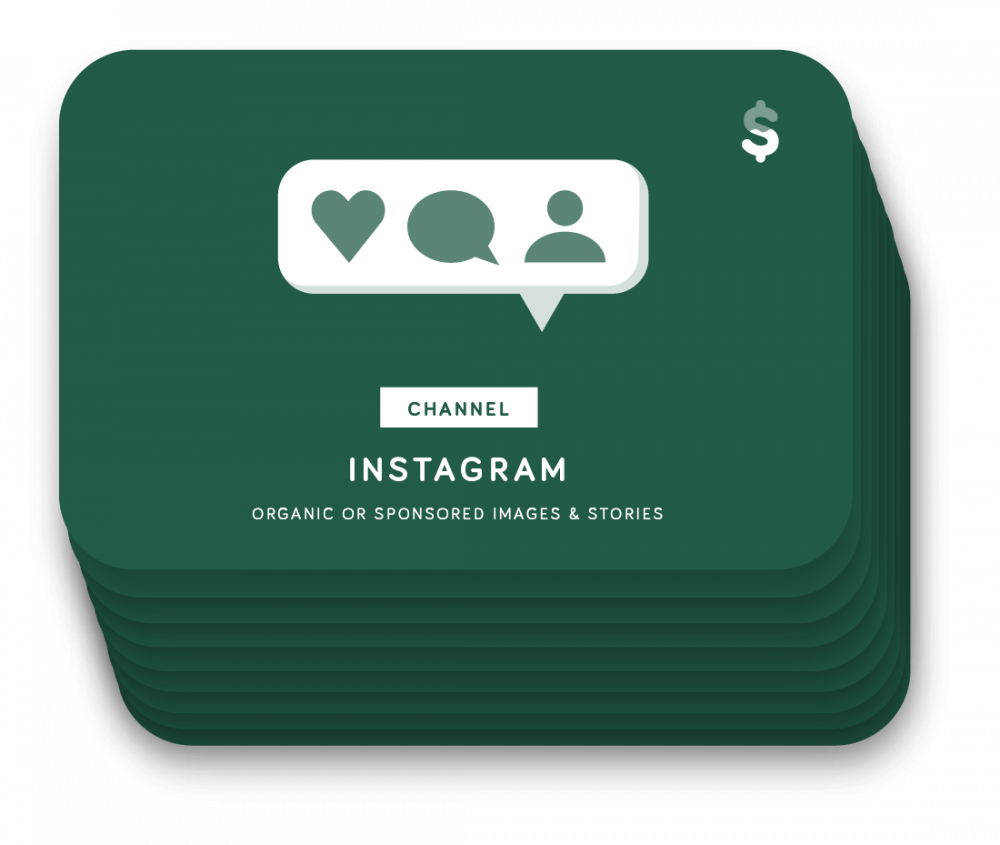
If we plan strategic communication, then there are several techniques to help you create messages. If we need to have an emotional impact (and it preferable to do in all cases), then we create a striking image and use striking quotations from people that belong to the same group as our target audience. If our addressee is a rational person, then we use figures, studies, statistics and the statements of experts. But this formula can be applied differently. A universal formula for a successful message is statement + evidence + illustrative case. We should ask the following questions: What are the needs of our addressee? What are his or her values? What matters most to him or her in life or work? What would he or she not be able to sacrifice under any circumstances? By understanding the value framework, we would be able to have a deeper understanding of our target audience and tailor our communication more accurately.įurther, based on the analysis of the target audience, we formulate the message, that is what we actually want to say. Then there is an analysis of our target audience. This type of visualisation will be very helpful when developing a communication plan. The best thing is to literally create in practice a portrait of this target audience: you can create a collage using clippings from a fashion magazine of your imaginary addressee. Moreover, we have to determine as accurately as possible our audience based on so-called social categories: sex, age, education, income.

For example, “year three to six university students in the capital”. We have to narrow down the field of our audience as far as possible.

We cannot say that our aim is “the broad public”, or that our customer is “a person with cultural needs”. That is why dealing with the concept of our target audience is the most important task for a communicator.įrom the very start, our task is to define our target audience as accurately as possible. Only after determining our target audience will we be able to answer the remaining abovementioned questions and then to determine the remaining elements. Let’s look at each of these elements one by one.Īs we have already seen, the most important of these is the target audience. Thus, these elements answer the following questions: Who are we talking to? What do we want to say to them? Who should say it? How should we say it? And when?

Some experts also point to another element, which is very important in our day, and that is time. Then there are content (or a message), a speaker who delivers the message, and a channel that you use to convey the content. The first and the most important one is the target audience.


 0 kommentar(er)
0 kommentar(er)
